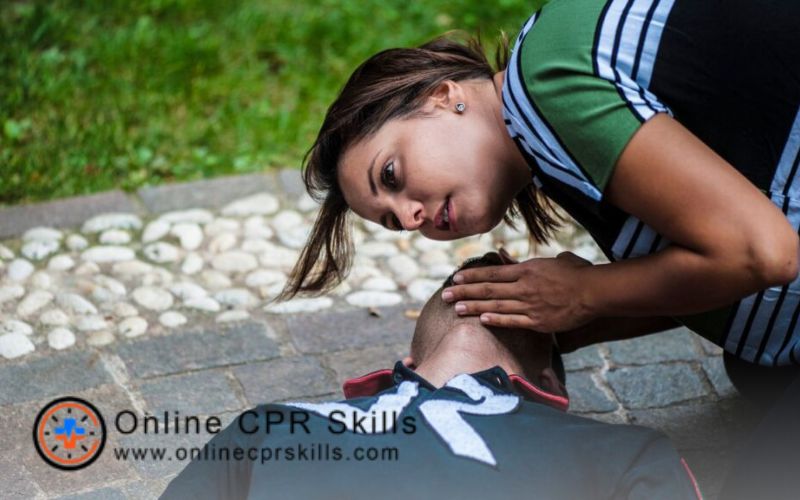Common Myths about CPR and First Aid that prevent people from saving lives

When it comes to saving a life, many people are hesitant because of the common myths that surround CPR and first aid. There’s so much misinformation out there about what you can and cannot do in an emergency situation, and it’s preventing people from taking action. But the truth is, knowing how to perform CPR and first aid is crucial information—not only for medical emergencies but also for everyday situations like choking or cuts. In this blog post, we’ll be debunking some common myths about CPR and first aid to help make sure you feel more comfortable taking action in an emergency situation.
Rescue breathing is no longer necessary
Rescue breathing is still an important part of CPR. While it may not be the only thing that you do in CPR, it is an important component. Rescue breathing provides oxygen to the victim and helps them to breathe on their own. Rescue breathing also minimizes the risk from brain damage. It is also a good way to clear the airway of any debris or vomit that may be present. Of course if you see anything in the mouth before rescue breathing, you should remove it.
If you do it wrong, you can hurt the person
One of the most common myths about CPR is that you can hurt the person if you do it wrong. This simply isn’t true. As long as you follow the basic guidelines, you can’t do any harm. The only thing that you might do wrong is not doing it at all because you’re afraid of hurting the person. Remember, any action you take to help is covered by the Good Samaritan Law.
CPR should only be attempted if your certificate has not expired
One of the most common myths about CPR is that people are only able to perform the life-saving technique if they have a valid certificate. This simply isn’t true. While it’s always best to keep your CPR certification up-to-date, anyone can perform CPR regardless of whether or not they have a certificate.
If you see someone who appears to be unresponsive, the first step is to call 911. Once emergency medical services are on their way, you can begin performing CPR. If you’re not sure how to perform CPR, there are plenty of resources available online and on most smartphones. The important thing is to act quickly and do something rather than nothing at all.
While it’s always ideal to have a current CPR certification, don’t let the myth that you need one stop you from potentially saving someone’s life.
Performing CPR can cause you to contract a disease
It’s a common myth that you can contract a disease by performing CPR on someone. However, this is not the case. There is no evidence to suggest that you can contract a disease through CPR. In fact, the risk of contracting a disease from CPR is very low. The only time you might be at risk of contracting a disease is if the person you are performing CPR on has an infectious disease. To reduce any risk or exposure to bodily fluids use a mouth barrier.
Conclusion: It is still possible to save a life with imperfect CPR
It’s a common misconception that CPR has to be perfect in order to be effective. The reality is that any CPR is better than no CPR at all. So, if you’re ever in a situation where someone needs CPR, don’t hesitate to give it your best shot. It could mean the difference between life and death.
“Can You Catch a Disease from Performing CPR? Essential Facts for School Staff and Teachers” Learn the facts and discover how to protect yourself while saving lives. Enroll in our Free Online CPR Training with Capt. Wayne Bennett today to be prepared and stay safe.



Comments are closed.